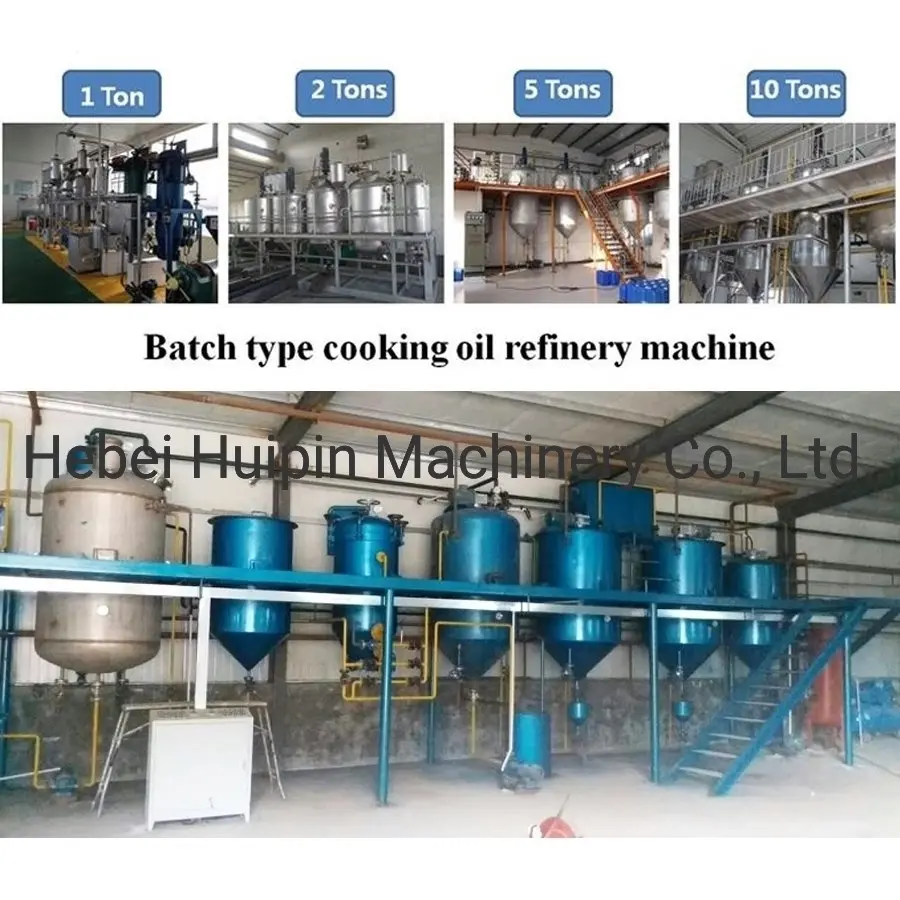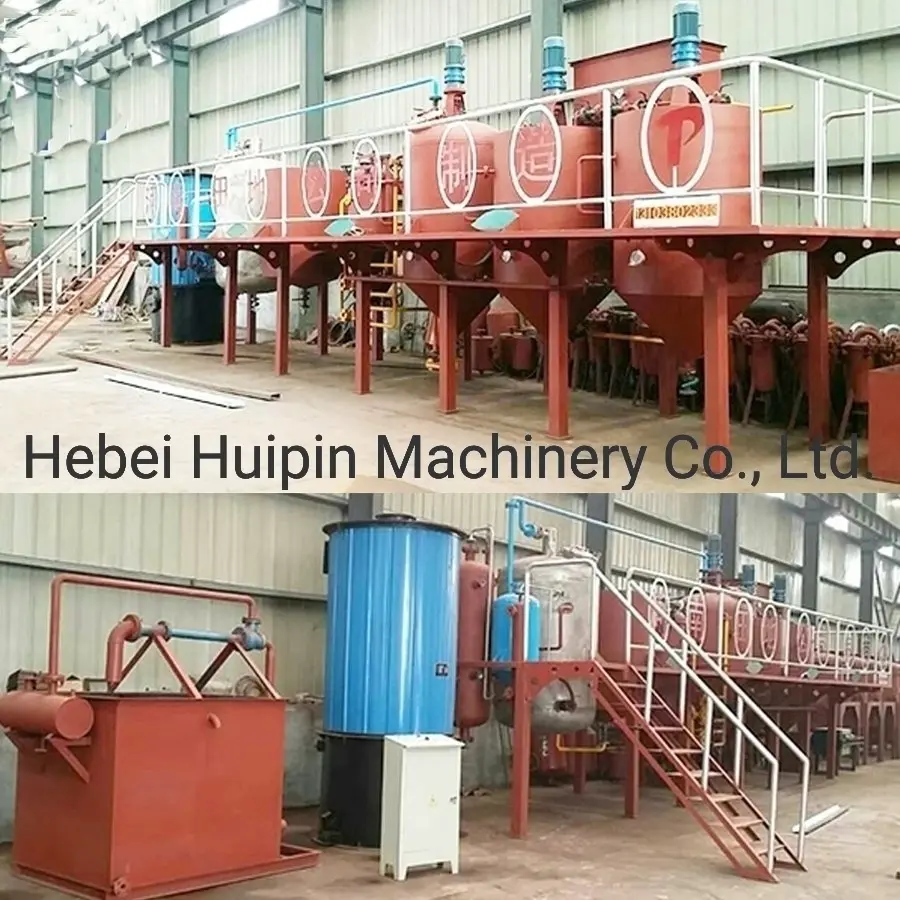Oct . 01, 2025 10:40 Back to list
Crude Cooking Oil Refining Unit: High Yield, Low Cost?
Field Notes on a Crude Cooking Oil Refining Unit: What Buyers Actually Ask
I was back in Dingzhou City, Hebei Province recently—industrial heartbeat, plenty of welding sparks—and I kept hearing the same request from small and mid-sized processors: “We don’t want a science project. We want a stable, easy-to-maintain refinery.” Fair point. A modern Crude Cooking Oil Refining Unit is, in practice, a tidy sequence of proven steps: degumming, neutralization, bleaching, deodorization, sometimes winterization. The real art is in sizing, heat integration, and keeping the lab numbers inside spec day after day.

What’s moving in the market
Trends? Three jump out. First, modular skids that ship fast and drop into tight plants. Second, lower utilities via better heat recovery (shell-and-tube everywhere). Third, traceability—buyers want process logs that back up claims. A good Crude Cooking Oil Refining Unit now comes with PLC data trails and an SOP pack that matches Codex targets for edible oils.
Typical process flow (nutshell, but practical)
- Materials: soybean, palm, sunflower, rapeseed, cottonseed, corn germ; crude FFA typically 1–8%.
- Degumming: water/acid degumming; aim for P
- Neutralization: caustic refining to cut FFA; target residual soap ≤ 50 ppm (real-world ≈ 20–40 ppm).
- Bleaching: acid-activated bleaching earth; Peroxide Value down to ≤ 5 meq O2/kg, often ≤ 2.
- Deodorization: packed or tray column, 180–240°C vacuum; FFA strip and odor removal.
- Optional winterization/fractionation: for clarity in cool chains; Lovibond color improved markedly.
Testing standards many plants lean on: ISO 660 (acid value), ISO 3960 (peroxide value), ISO 7305/AOCS Cd 18 (soap), plus HACCP records. Service life? With routine maintenance (seals, valves, gaskets), core vessels last 8–12 years; heat exchangers may need retubing around year 6–8 depending on water quality.

Specs at a glance (a typical mid-range skid)
| Parameter | Value (≈, real-world may vary) |
|---|---|
| Capacity | 5–20 TPD (expandable to 50 TPD with extra skid) |
| Refining stages | Degum, Neutralize, Bleach, Deodorize, optional Winterize |
| Utilities | Steam 0.6–0.9 MPa; Power 18–45 kW; Cooling water 5–10 m³/h |
| Control | PLC + HMI, trend logging, alarm history |
| Footprint | ≈ 8–20 m², height 4.5–6.5 m |
| Compliance | CE, ISO 9001; HACCP documentation pack |
Where it’s used (beyond the obvious)
Edible oil brands, community mills, biodiesel pretreatment lines, food ingredient blenders, even cosmetics bases. One buyer told me their Crude Cooking Oil Refining Unit doubled as a training line—operators learned lab correlations fast because the panel trends were easy to read.

Real-world results (sample data)
- Soybean crude FFA 2.8% → refined FFA 0.08% (ISO 660); PV 8 → 1 meq O2/kg (ISO 3960).
- Palm olein color 5.0R/50Y → 2.0R/20Y (Lovibond, 5.25” cell); soap ≤ 10 ppm (AOCS Cc 17-95).
Customers often say noise is lower than expected, and commissioning wraps in 5–10 days if utilities are ready. To be honest, feedstock variability still drives 80% of troubleshooting calls—no refinery can fix badly stored crude.
Vendor snapshot (summary, not gospel)
| Vendor | Origin | Certs | Customization | Lead Time | After-sales |
|---|---|---|---|---|---|
| Dingzhou-based manufacturer | Hebei, China | ISO 9001, CE | High (process tuning, skid layout) | 30–60 days | On-site + remote PLC |
| OEM A | SE Asia | CE | Medium | 45–75 days | Remote only |
| OEM B | EU | ISO 9001, CE | High | 60–120 days | Full service contract |
Customization pointers
Ask for resin spec on piping (304 vs 316L), caustic dosing automation, a vacuum system sized for high-FFA campaigns, and CIP loops that actually reach the deodorizer trays. If you run multi-oil schedules, request recipe management in the HMI. Small upgrades, big sanity.
References: [1] Codex Alimentarius: Standard for Named Vegetable Oils. [2] ISO 660:2020 (Acid value) and ISO 3960:2017 (Peroxide value). [3] AOCS Official Methods (degumming, soap, color). [4] HACCP guidelines for edible oils.
-
Mustard Oil Extraction Machine: A Complete Guide to Industry, Technology & Future Trends
NewsNov.20,2025
-
Groundnut Oil Extraction Machine | Efficient Peanut Oil Press Solutions
NewsNov.20,2025
-
Manual Oil Press Machine: Sustainable Oil Extraction for Global Communities | Buy & Learn More
NewsNov.19,2025
-
Efficient Peanut Oil Machine Solutions for Sustainable Oil Extraction
NewsNov.19,2025
-
Essential Oil Extraction Machine: Unlocking Quality & Sustainability in Oil Production
NewsNov.18,2025
-
Latest Oil Expeller – Efficient & Sustainable Oil Extraction Machines
NewsNov.18,2025
